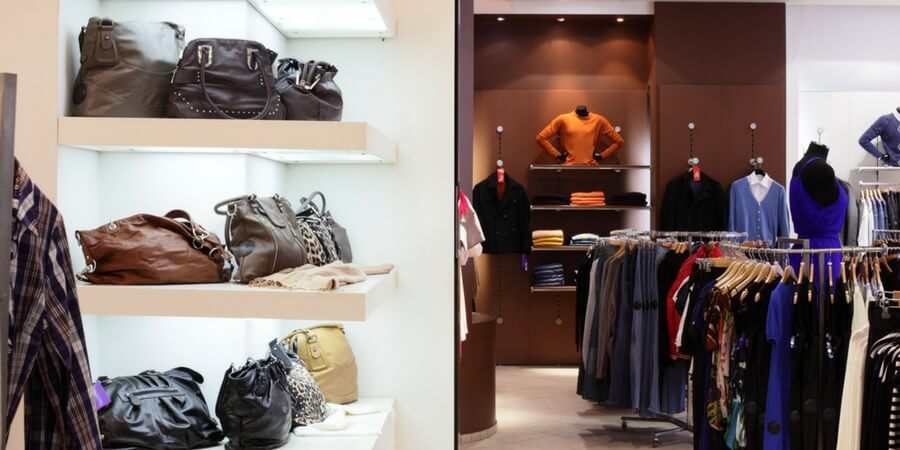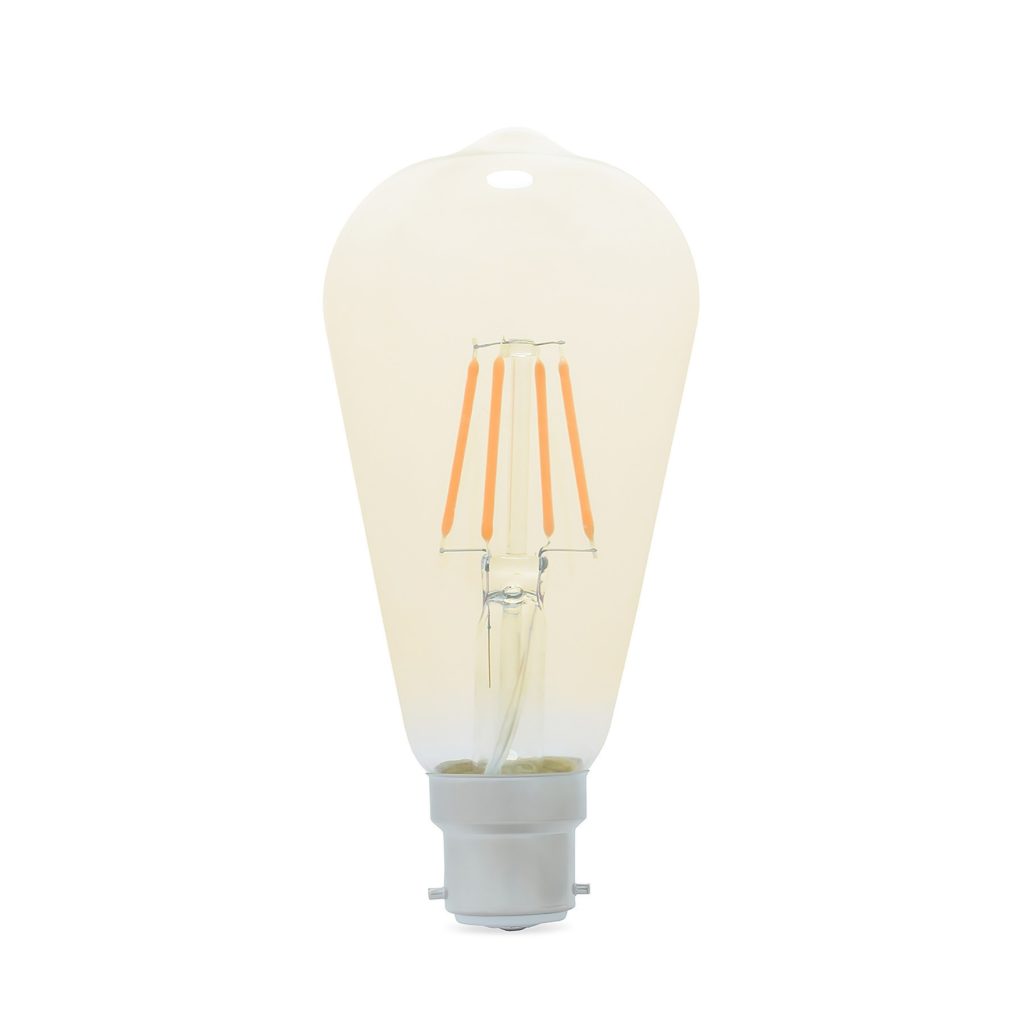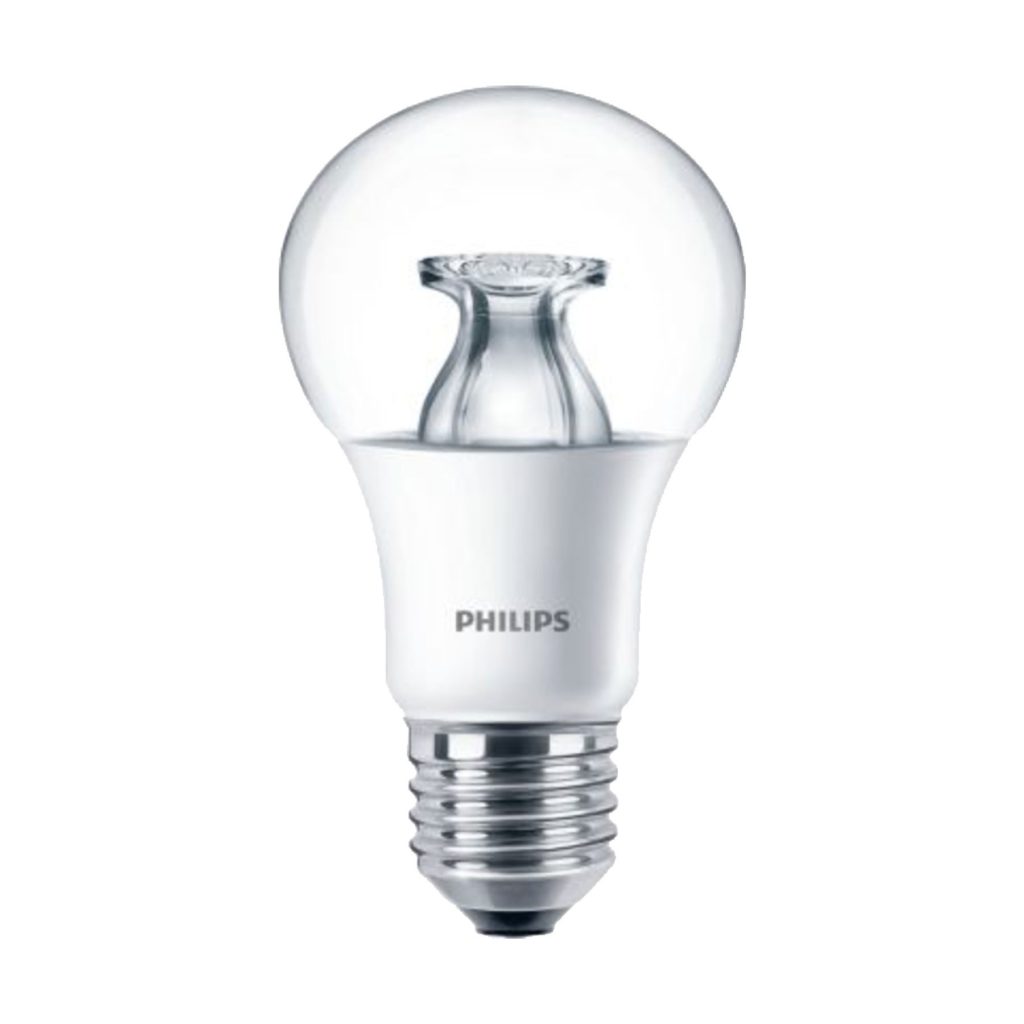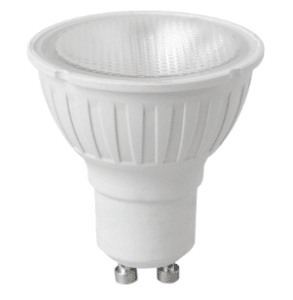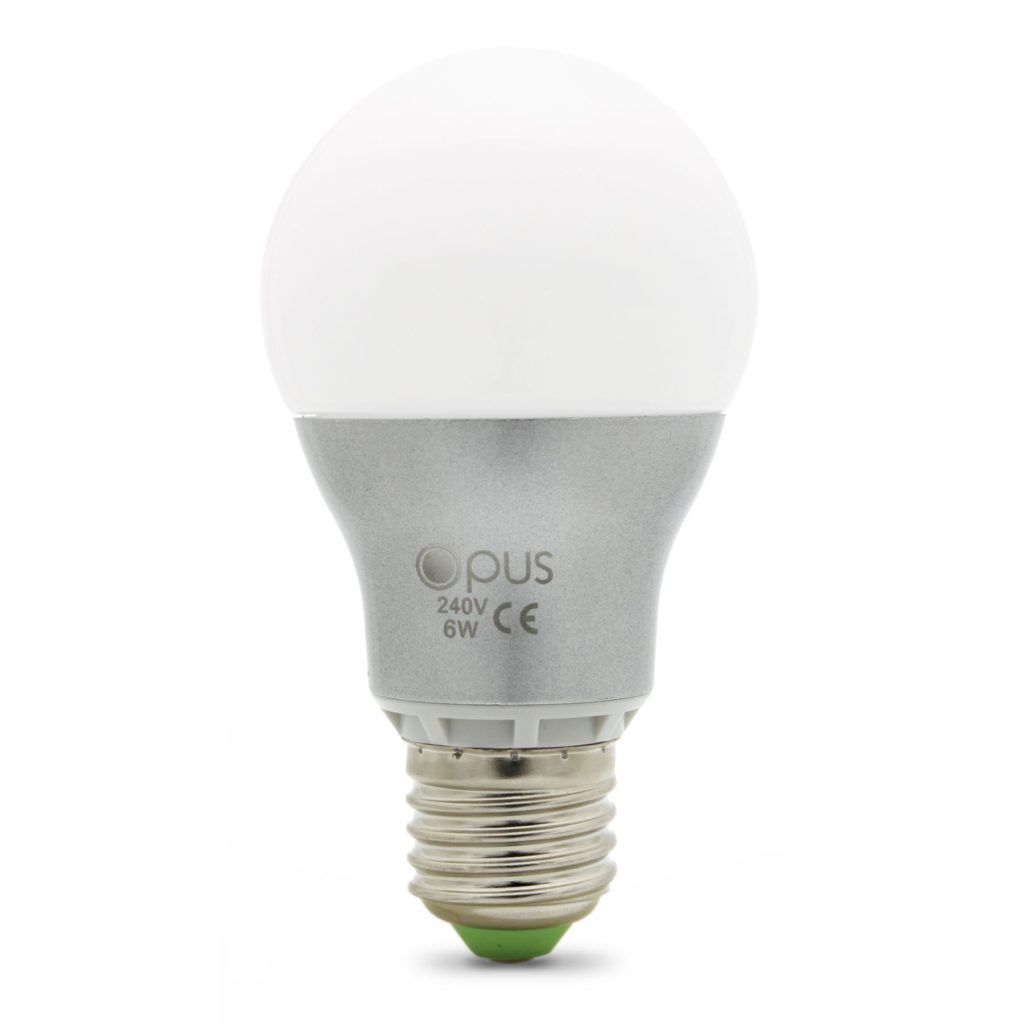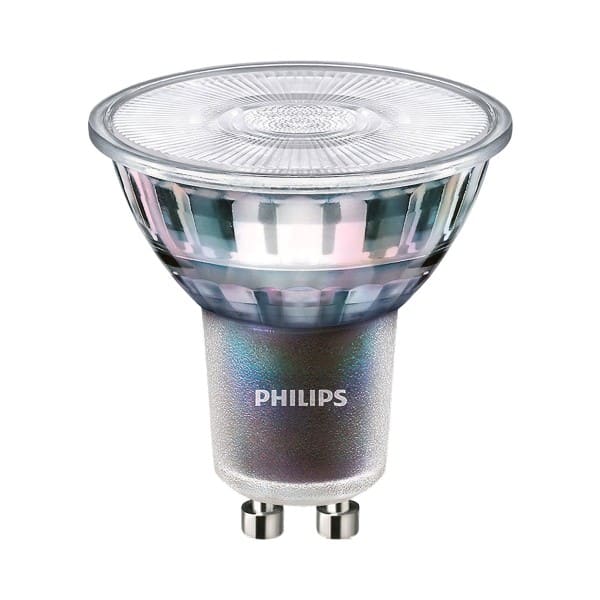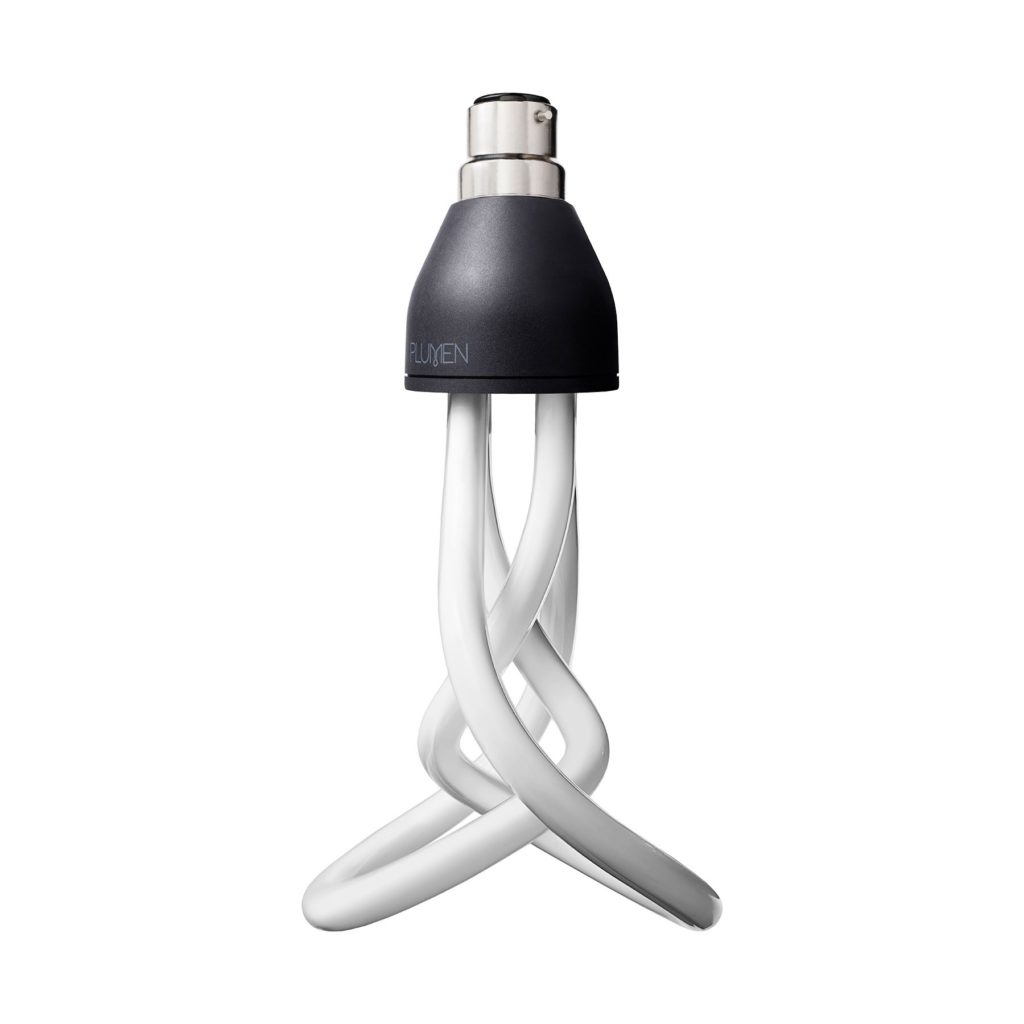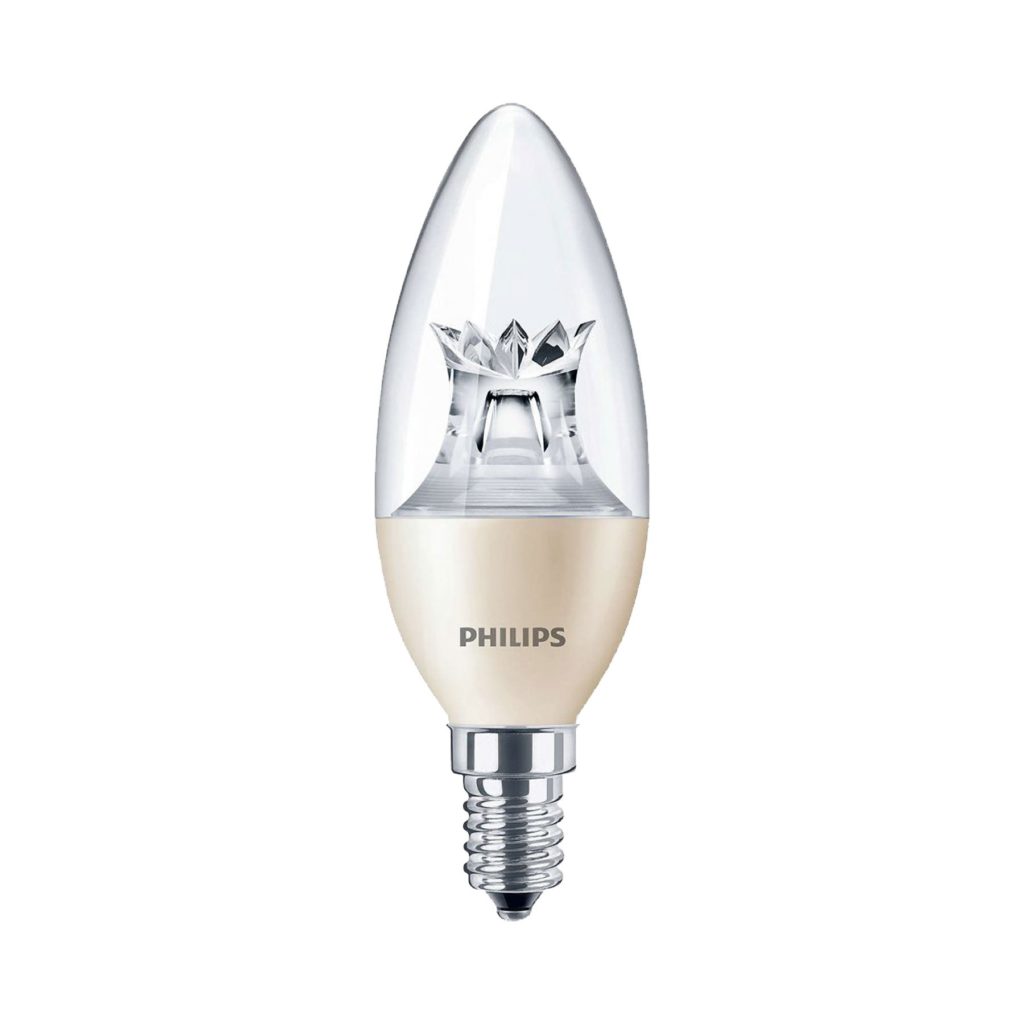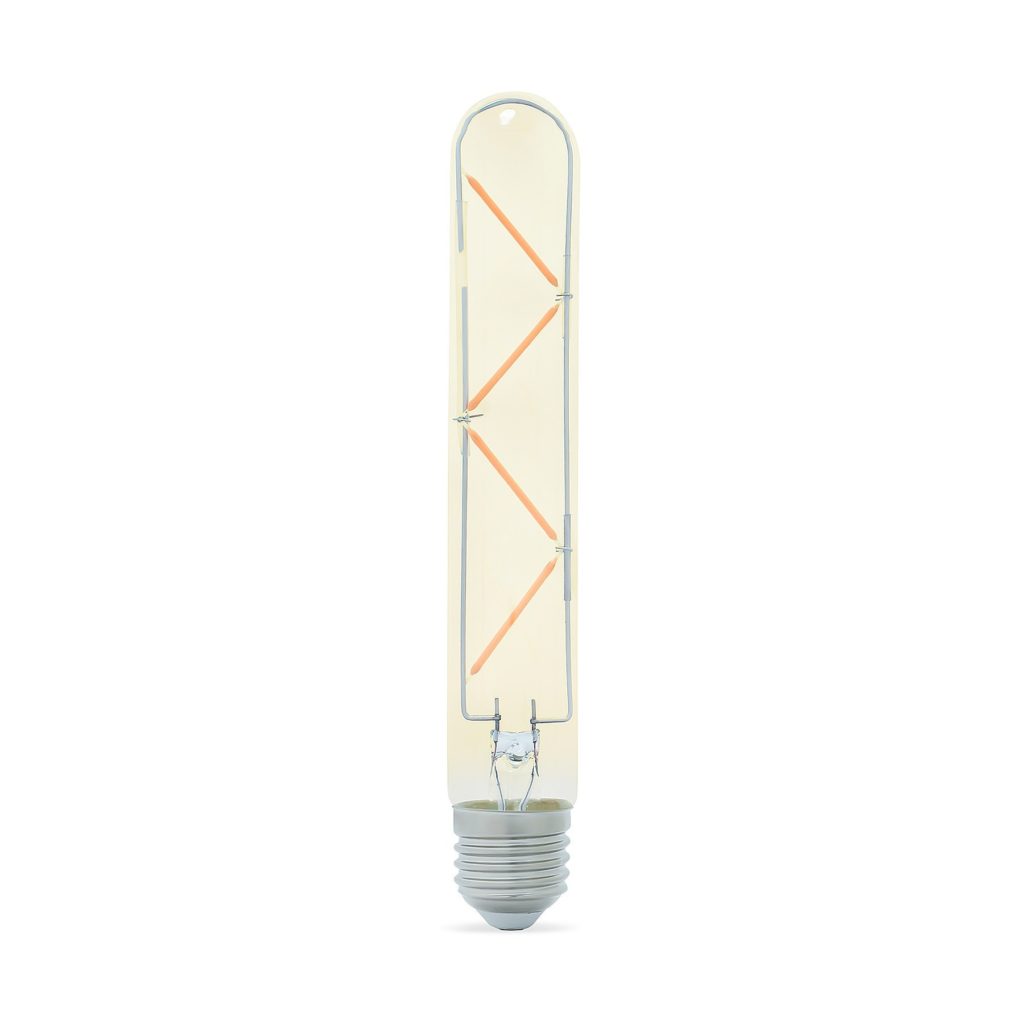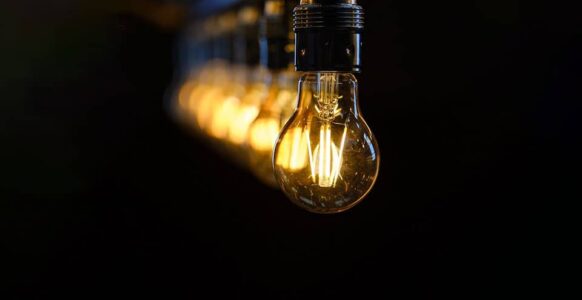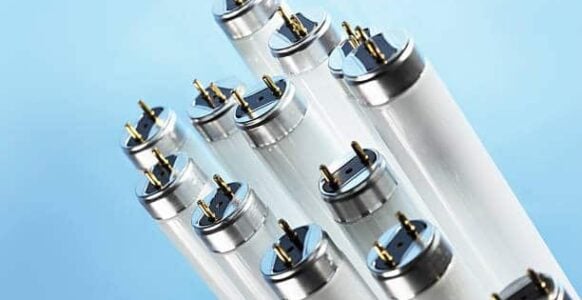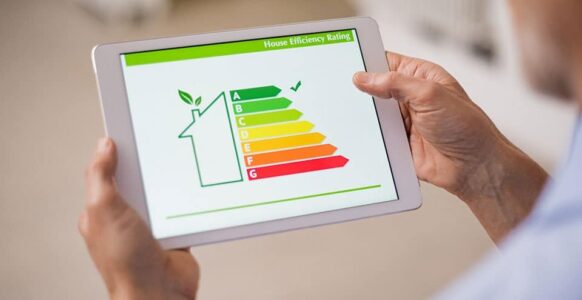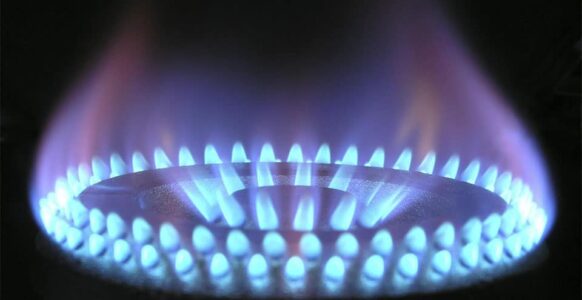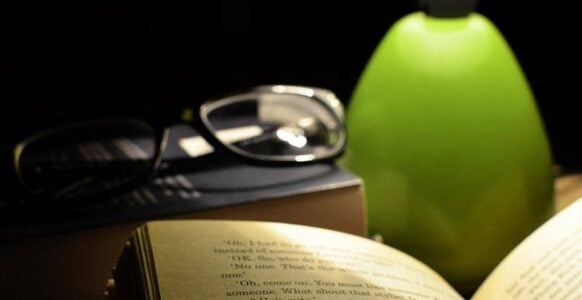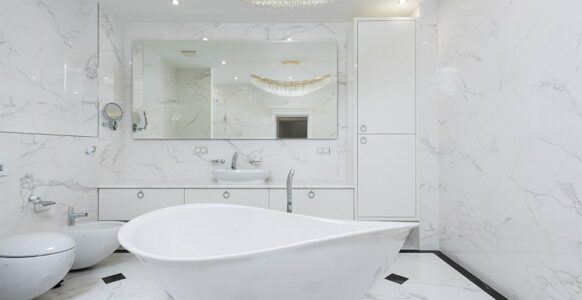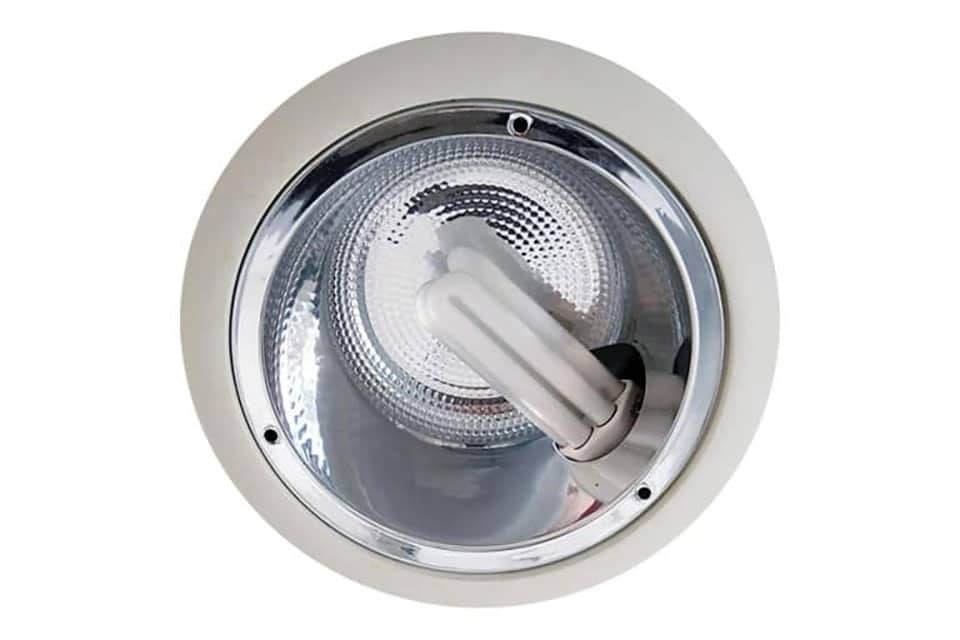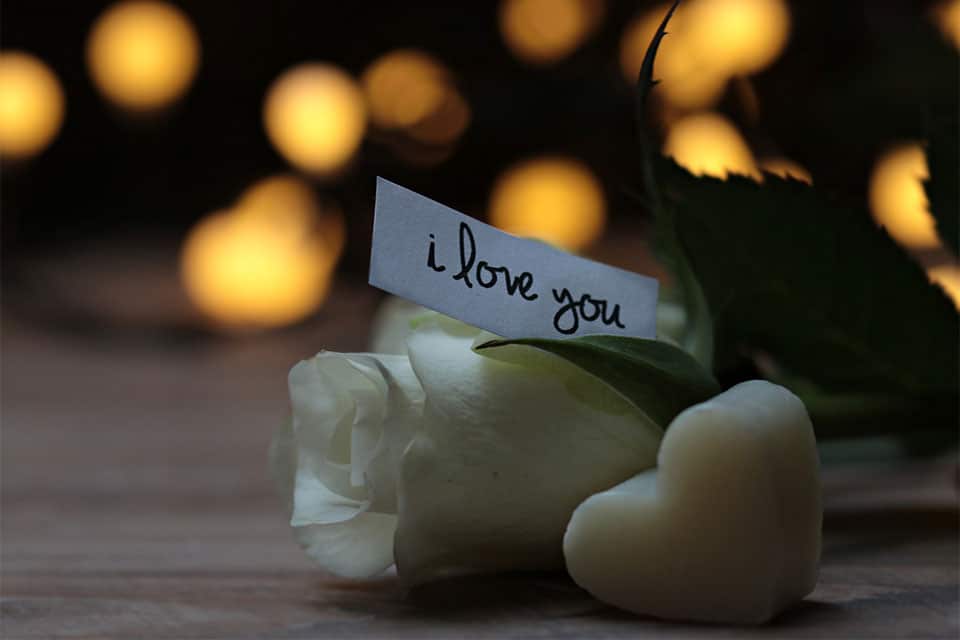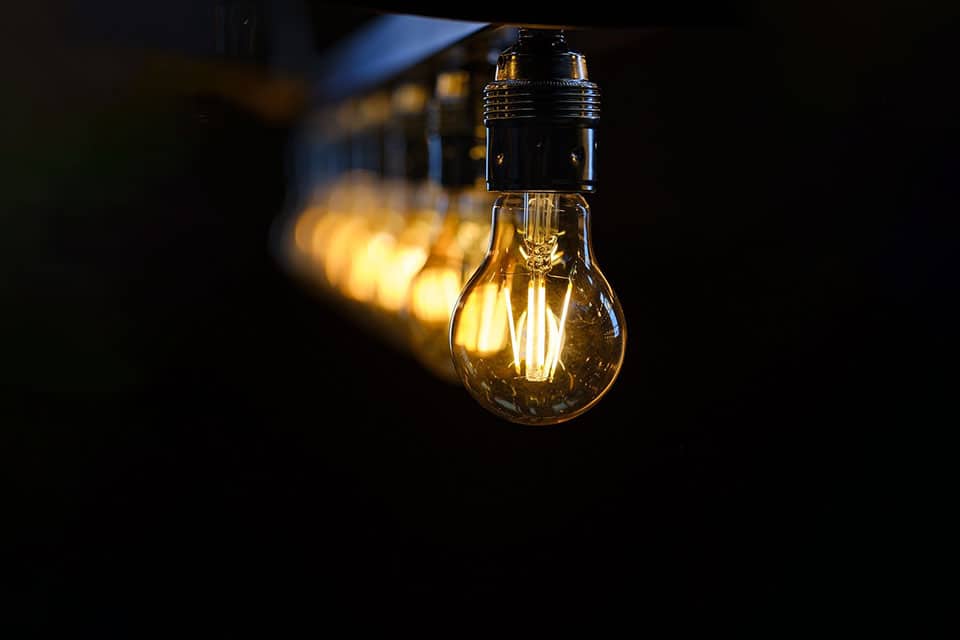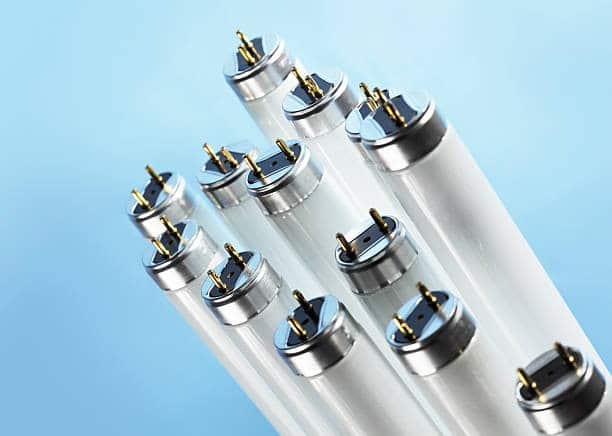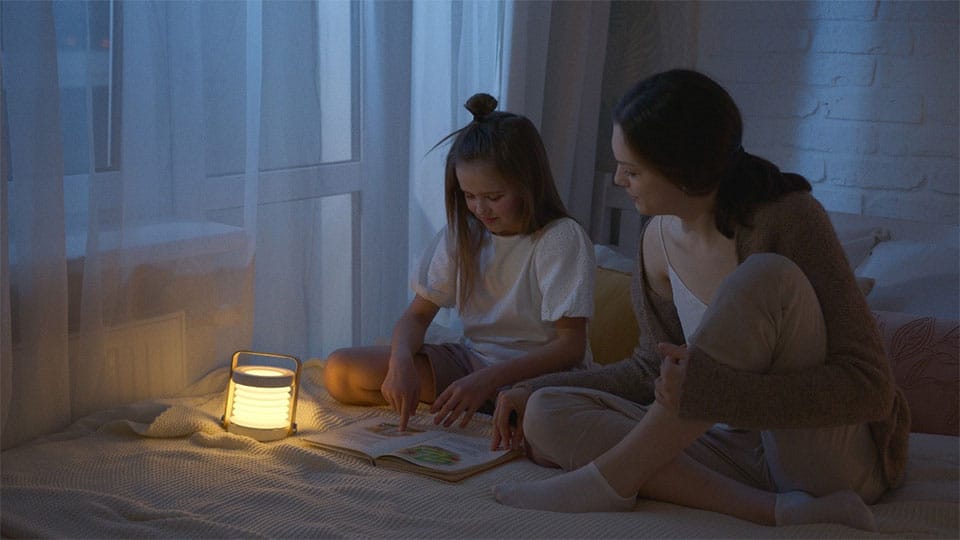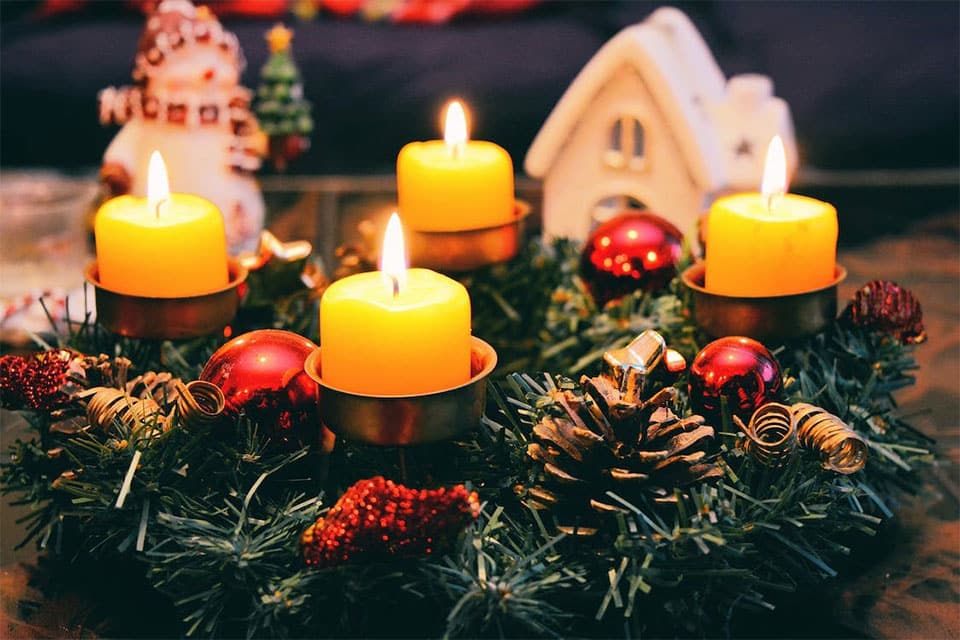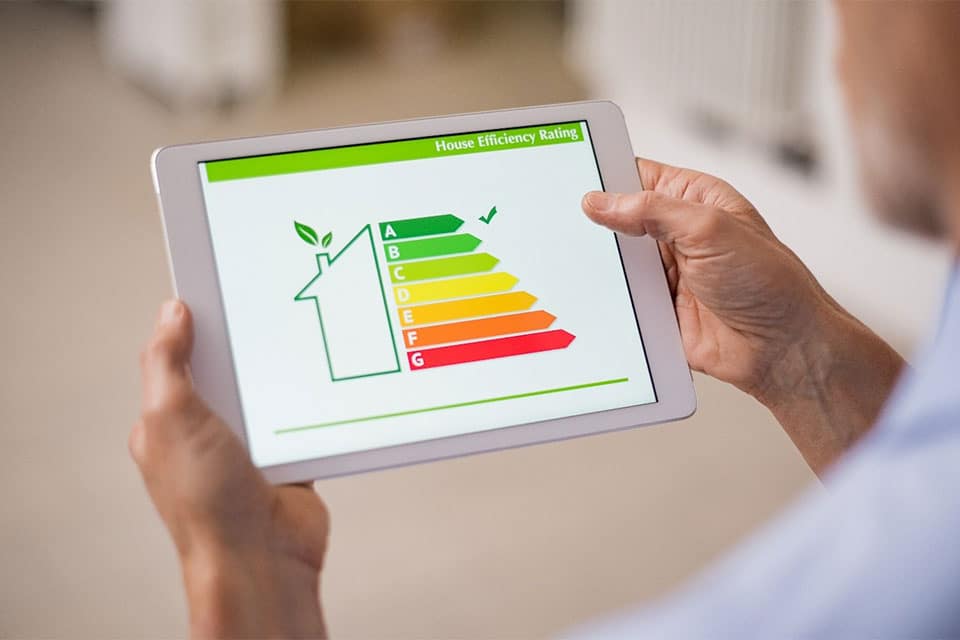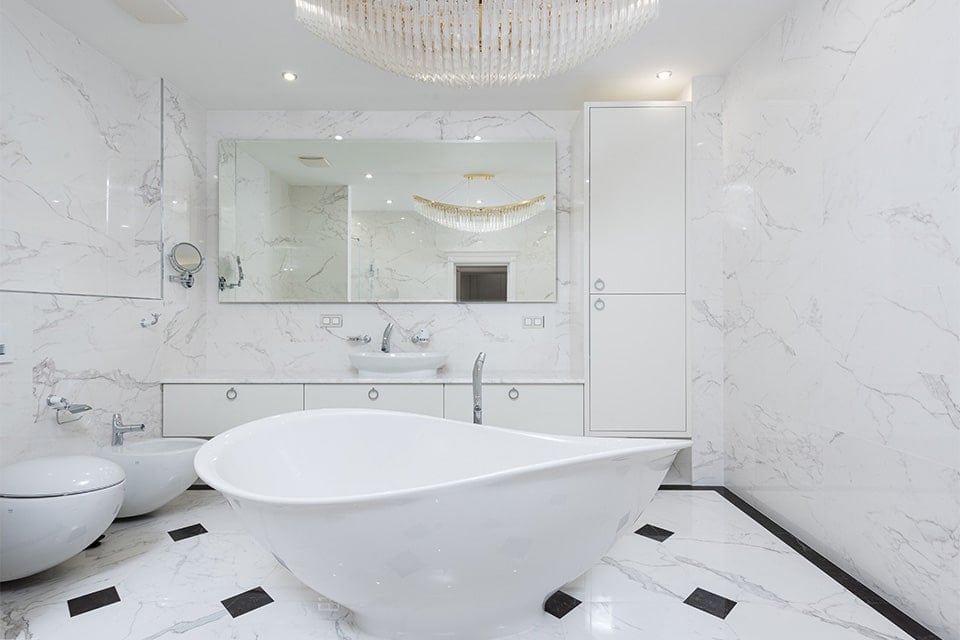How you light your store is one of the most important aspects of its presentation. In addition to providing ambiance, displaying products, and sending a message about your brand, the light in retail spaces can impact:
- Customer experience
- Purchasing behaviour
- Mood
- Decision making
- Employee morale and productivity
The ability to gently influence and guide consumers is a powerful tool, allowing you to move people through a store, attract their eye to certain products, and even encourage a purchase decision. While each store will have its own individual requirements, here are some general rules for making your merchandise look its best and brightest:
Creating an Atmosphere
Lighting is a key element of building atmosphere in a retail space. It sends a message about your brand and inspires a specific mindset when entering your store, but like any good form of lighting, retail lighting should primarily draw attention to the products rather than itself.
In addition to properly lighting your merchandise, consider what you want your lighting to do and ask yourself what type of feeling you want to inspire. This will help you select the type of lighting and fixtures you need.
Types of Lighting & Fixtures
From panels to pendant lamps, and string lights to recessed lamps, there are a wide variety of fixture styles to choose from. After determining what type of lighting you need, select your lighting fixtures by considering two main things:
- How they fit into your overall brand image—lighting is another way to express your store’s identity after all. For instance, bare filament bulb pendants are trendy and vintage, whereas chandeliers can be quirky and unique or elegant and high-end, and string lights can help add a sense of whimsy. Take a look around other retail spaces, especially competitors, and see how they are using lighting to cultivate an atmosphere and leave customers with a strong impression. Make a note of how it makes you feel when you walk in. When you enter an Apple store, you’ll notice that their cool, bright, uniform lighting creates an open, airy atmosphere, reminiscent of natural outdoor lighting. Whereas somewhere like Abercrombie & Fitch has darker, moodier lighting that draws in younger customers and emphasizes the clothing.
- How well they display your product offering – in addition to decorative and ambient lighting, you’ll want functional lighting that properly displays your inventory and shows off its details, especially when it comes to things like jewellery and accessories.
You’ll also want to vary the types of lighting you use throughout your store and layer them in order to fully illuminate the space, guide customers through the store, and highlight displays or important product offerings without blinding patrons. There are four types of lighting you will want to include in your retail space:
1. Accent
Accent lighting is used to light key areas or details in a room and should be 3x brighter than the general lighting in your retail space. This helps create contrast from the rest of the store, which makes it easier for customers to see your product offering and determine what is of interest. In a retail space, you can use accent lighting to:
- Highlight displays
- Emphasize new products and show off key details
- Showcase window displays and display cases
- Illuminate promotional materials such as sale signage
Track lighting works well here because it can easily be moved and adjusted as your displays, products, and signage change throughout the seasons.
PRO TIP: When selecting bulbs that will be placed near merchandise that won’t be changed out regularly, keep in mind that certain types of light bulbs, such as incandescents, produce heat and give off UV light which can cause premature fading. LEDs are a safe, durable alternative.
2. Task
Task lighting is focused, bright light that is used to help people see more clearly and make it easier to accomplish tasks. Select bulbs with higher lumen levels and a cooler colour temperature to keep employees alert and focused. This type of lighting is best utilized in areas like:
- Customer service areas, such as fitting rooms, return desks, and cash registers
- Office and administrative areas
- Stock rooms
PRO TIP: Studies have shown that people have heightened emotional responses and are more likely to indulge in brightly lit rooms. Encourage customer purchases by keeping store entrances, purchase areas, and displays illuminated by bulbs with high lumen levels.
3. Ambient or General
General lighting provides an overall level of light throughout the entire store and stock room. It should be bright enough that there are no dramatic shadows and customers and employees can move around safely and easily. Typically, panel or recessed lights are used to provide an even layer of lighting. Since general lighting tends to be located high off the floor, fluorescent tubes and LED panels work best because of their longevity and low operating costs.
PRO TIP: When it comes to displaying products, accent and task lighting are the most important. Tackle these light sources first and leave general and decorative lighting for last so you know which areas require fill-in lighting.
4. Decorative Lighting & Fixtures
Most lighting should blend into the background, but with decorative lighting, the fixture you select should stand out. This lighting wants to be noticed and should include statement pieces like chandeliers or stylized wall sconces that build on your store’s aesthetic in high-visibility areas, such as:
- Fitting rooms
- Entryway
- Displays
- Key areas visible from outside the store
Decorative lighting can be incorporated with other types of lighting if you don’t have the space or budget to include it as its own category.
PRO TIP: If you have a small space, mirrors are a great way to add light without adding more light bulbs and fixtures.
Colour Temperature & CRI
The colour temperature of a light bulb is measured in Kelvins on a scale from 1,000 – 10,000. The higher the number, the colder the colour temperature of the light. For example, the warm tone of candlelight is around 2,000k, whereas daylight is around 6,500k.
The colour temperature you choose for your store can have a huge impact on its atmosphere. Studies have shown that:
- Cool lighting makes a space seem spacious, keeps customers and employees alert, and creates a more accurate-looking natural light.
- Warm lighting makes a space feel cozy, welcoming, and more familiar, encouraging customers to linger.
PRO TIP: Where possible, buy light bulbs in bulk and check batch numbers to ensure they will be consistent in colour temperature.
The colour rendering index (CRI) indicates how accurately a light bulb displays colours on a scale of 0 – 100. The higher the rating, the closer it is to daylight and the truer the colours. When selecting light bulbs for a retail setting where colour accuracy is important, such as product displays and fitting rooms, you should look for light bulbs with a CRI rating of 80 or higher.
Bulb Type
With incandescents and halogens gradually being phased out, you are most likely looking at using CFL and LED bulbs. These bulbs are very energy efficient thanks to their low operating cost and long life span, and there is also a wide variety of styles to choose from. If you are opting for fixtures that have bare bulbs, you can select a more stylish looking light bulb:
Don’t be afraid to mix and match bulb types or styles if it’s the best way to achieve the look you want! Just be conscious of the fact that it can be hard to find an exact colour temperature match across different bulb types (ex. 2700k can look different on a CFL compared to incandescent) and brands, so there may be a slight variation in tone.
While incandescents and halogens will slowly become harder to find, there are still advantages to using them. Here’s a quick look at the pros and cons of different bulb types:
LED | CFL & | Incandescent | Halogen |
|
|---|---|---|---|---|
Pros |
|
|
|
|
Cons |
|
|
|
|
Lighting Up Shop
As something that can have such a large impact on customer experience and store sales, retail lighting is not something to be taken lightly.
If you have any questions about lighting your retail spaces or need assistance, don’t hesitate to contact us at +44 (01869) 362222, [email protected], or using our live chat feature.
Learn more about how we helped other retail spaces improve their lighting.
Check out our other light bulb buying guides:





















































































